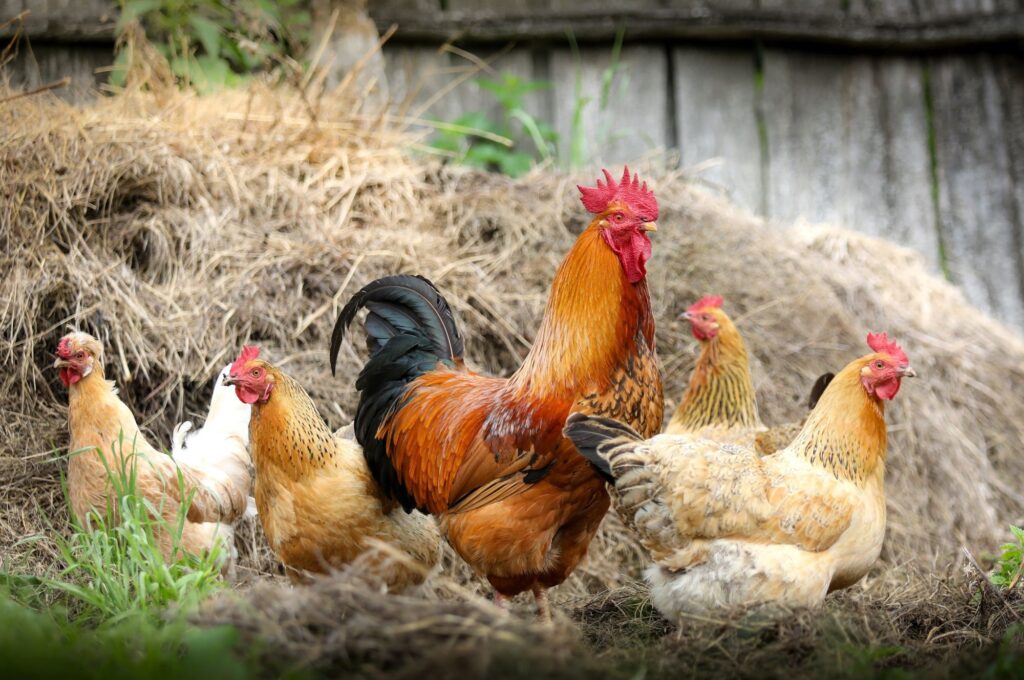In a critical move to support the U.S. agricultural sector, congressional leaders have reached a bipartisan agreement to extend the current Farm Bill for one year. This extension is incorporated into a stopgap funding measure designed to prevent a partial government shutdown and ensure the continuity of essential agricultural and food programs. The decision comes at a pivotal time, as the existing Farm Bill was set to expire on December 31, raising concerns about potential disruptions in food markets and increased consumer prices.
Table of Contents
ToggleBackground:
The Farm Bill is a comprehensive piece of legislation that governs a wide array of agricultural and food programs in the United States. Traditionally renewed every five years, it encompasses provisions related to commodity programs, trade, rural development, farm credit, conservation, agricultural research, and food assistance programs like the Supplemental Nutrition Assistance Program (SNAP).
The current legislation, known as the Agriculture Improvement Act of 2018, was initially set to expire on September 30, 2024. However, a one-year extension was enacted, pushing the expiration to December 31, 2024. As this deadline approached, deep political divisions over key components of the bill, including funding allocations for crop insurance, climate-smart agriculture, and nutrition assistance programs, hindered the passage of a new comprehensive Farm Bill.
The expiration of the Farm Bill has significant implications for various programs. While some programs can continue operations until their funds are depleted, others, such as the Conservation Reserve Program, are unable to enroll new applicants without an extension or new legislation. This situation creates uncertainty for farmers, ranchers, and landowners seeking to adopt conservation practices, as well as for those relying on agricultural research and rural development initiatives.
The Extension Agreement:
To avert the potential fallout from the Farm Bill’s expiration, congressional negotiators have included a one-year extension in the latest stopgap funding measure, which aims to keep federal agencies operational through March 14, 2025. This extension is crucial to maintaining the continuity of agricultural programs and providing stability for farmers and consumers alike.
In addition to the extension, the legislation allocates over $100 billion in disaster and farm aid, addressing the immediate needs of farmers affected by natural disasters and economic challenges. This includes approximately $10 billion in economic assistance for farmers facing low commodity prices and high input costs, ensuring they have access to necessary credit and support during these turbulent times.
However, the allocation of funds has been a point of contention between parties. Democrats proposed reallocating conservation funds from the Inflation Reduction Act to finance the aid package, while Republicans preferred utilizing emergency disaster aid funds. Despite these disagreements, the final package was crafted to address the immediate needs of farmers without diverting funds from critical disaster relief efforts.
This extension and accompanying aid are seen as temporary measures, providing Congress additional time to negotiate a comprehensive Farm Bill that addresses the evolving needs of the agricultural sector. Farm groups have expressed concerns that relying on extensions leaves farmers with outdated safety nets that do not reflect current economic conditions, underscoring the importance of passing new, comprehensive legislation in the near future.

Political and Financial Challenges
The journey to extending the Farm Bill has been fraught with political and financial hurdles, reflecting deep-seated divisions within Congress. A significant point of contention has been the source of funding for the proposed economic aid to farmers.
Democratic lawmakers advocated for reallocating $14 billion from the Inflation Reduction Act’s climate conservation funds to finance the aid package. They argued that this approach would provide immediate relief to farmers while integrating climate-smart agricultural practices into the funding framework. Senate Agriculture Chair Debbie Stabenow emphasized that this strategy would add $20 billion to the permanent baseline for future Farm Bills, ensuring sustained support for conservation efforts.
Conversely, Republican leaders opposed diverting funds from the Inflation Reduction Act, expressing concerns over compromising long-term climate initiatives. Instead, they favored utilizing emergency disaster aid funds to support farmers, aiming to address immediate economic challenges without impacting existing climate-related allocations. This disagreement led to a stalemate, with House Republicans rejecting Senate Agriculture Chair Debbie Stabenow’s proposal and opting to pursue a one-year extension of the existing Farm Bill.
The impasse was further complicated by internal party dynamics. Speaker Mike Johnson faced a brewing rebellion from farm-district Republicans after congressional leaders failed to secure an agreement to add economic aid for farmers to the stopgap spending bill. This internal dissent underscored the complexities of balancing diverse interests within the party while striving to pass essential legislation.
Implications for Farmers and the Agriculture Sector
The absence of immediate economic aid in the Farm Bill extension has significant implications for farmers across the United States. Agricultural groups have expressed strong opposition to the year-end spending package that excludes economic assistance for producers, emphasizing the financial strain faced by farmers due to low commodity prices and high input costs.
Without the proposed $10 billion in economic assistance, farmers are left to navigate a challenging economic landscape with limited support. The delay in passing a new Farm Bill or providing additional aid means that many farmers must continue operating under outdated funding structures that do not reflect current economic realities. This situation exacerbates financial pressures, potentially leading to increased debt and the risk of farm closures, particularly among small and mid-sized operations.
Moreover, the uncertainty surrounding future agricultural policy creates an unstable environment for planning and investment. Farmers rely on the Farm Bill for guidance on commodity programs, conservation initiatives, and access to credit. The lack of a comprehensive, updated Farm Bill hampers their ability to make informed decisions, adopt new technologies, and implement sustainable practices, ultimately affecting productivity and competitiveness in both domestic and international markets.
Future Outlook
The one-year extension of the Farm Bill serves as a temporary measure, providing Congress additional time to negotiate and pass comprehensive legislation that addresses the evolving needs of the agricultural sector. However, the path forward is laden with challenges, including deep political divisions and differing priorities among stakeholders.
Analysts suggest that the lame-duck session of Congress offers a critical window to enact a new Farm Bill, but it would require compromise on several policy disputes and an agreement on funding levels. The increasing partisan tensions, particularly over issues like nutrition assistance and climate funding, complicate the prospects for swift passage.
Farm groups continue to advocate for a new Farm Bill that reflects current economic conditions and provides robust support for farmers. They warn that relying on extensions and outdated policies leaves the agricultural sector vulnerable to market fluctuations and environmental challenges. The call for bipartisan collaboration is strong, emphasizing the need to bridge ideological divides to ensure the stability and sustainability of U.S. agriculture.
In conclusion, while the extension averts an immediate crisis, it underscores the urgency for Congress to engage in meaningful negotiations to deliver a Farm Bill that meets the contemporary needs of farmers, consumers, and the broader economy. The coming months will be pivotal in shaping the future of agricultural policy in the United States.




